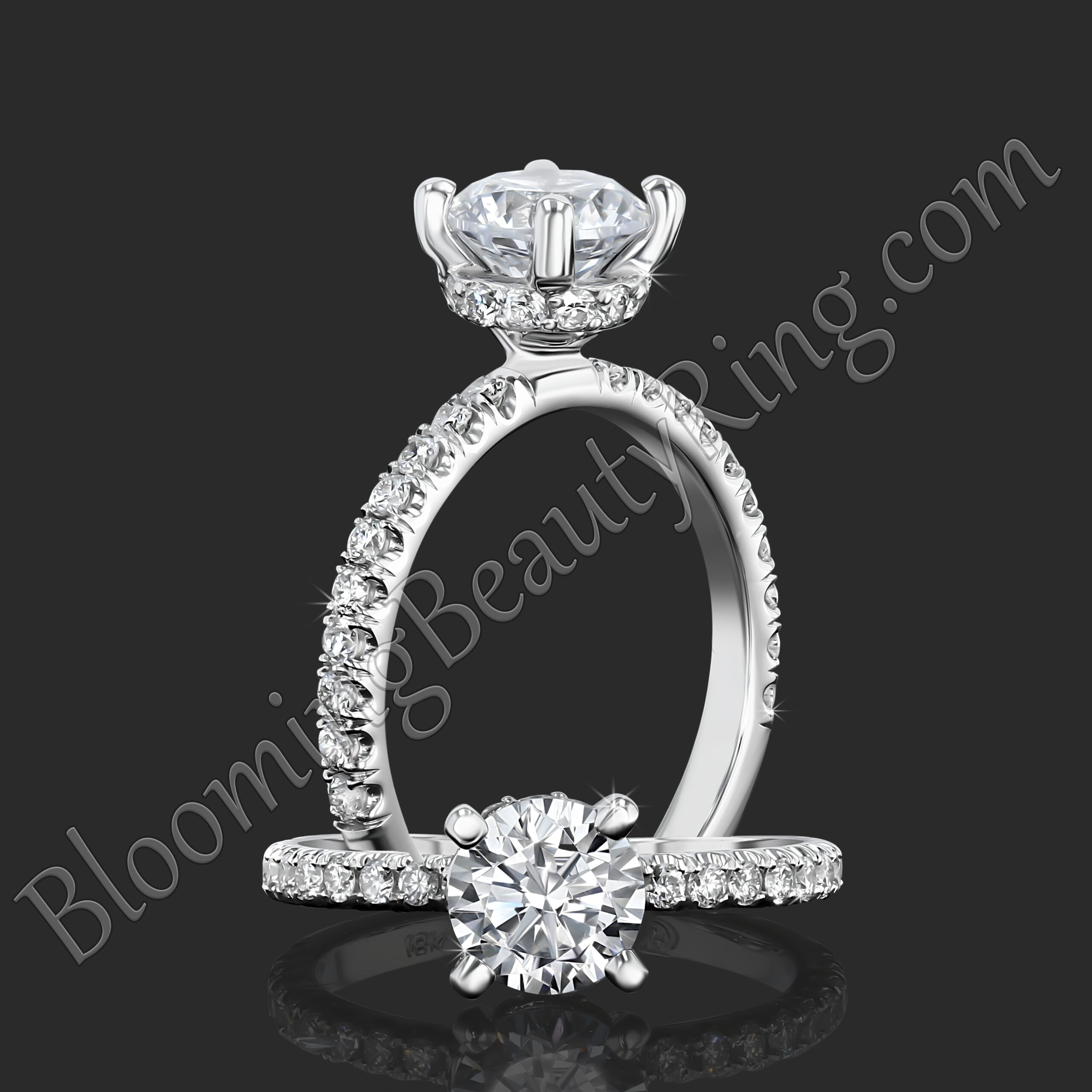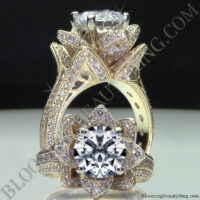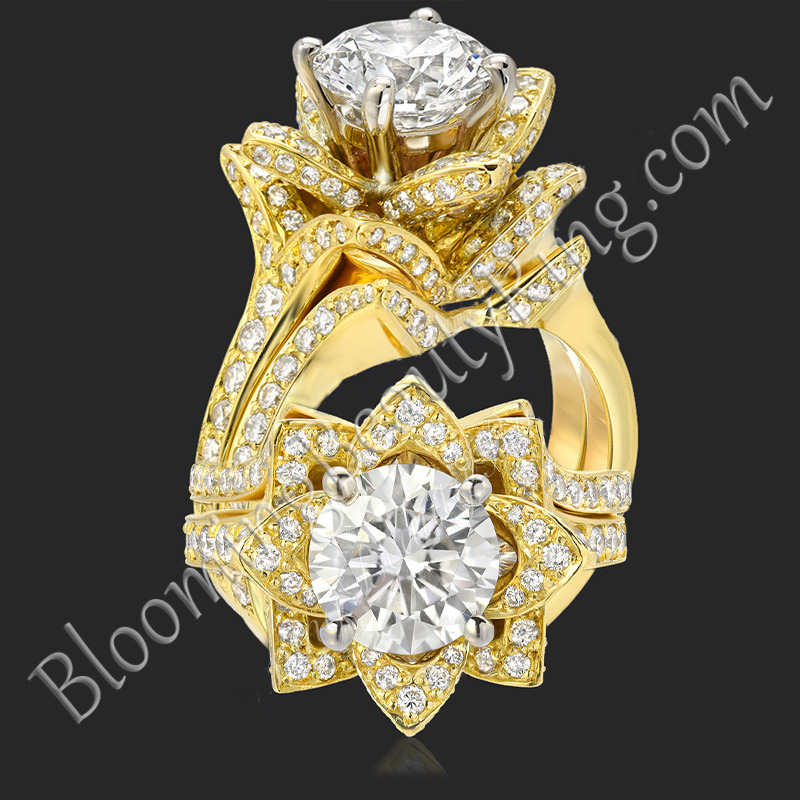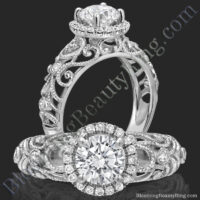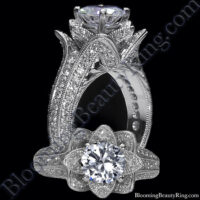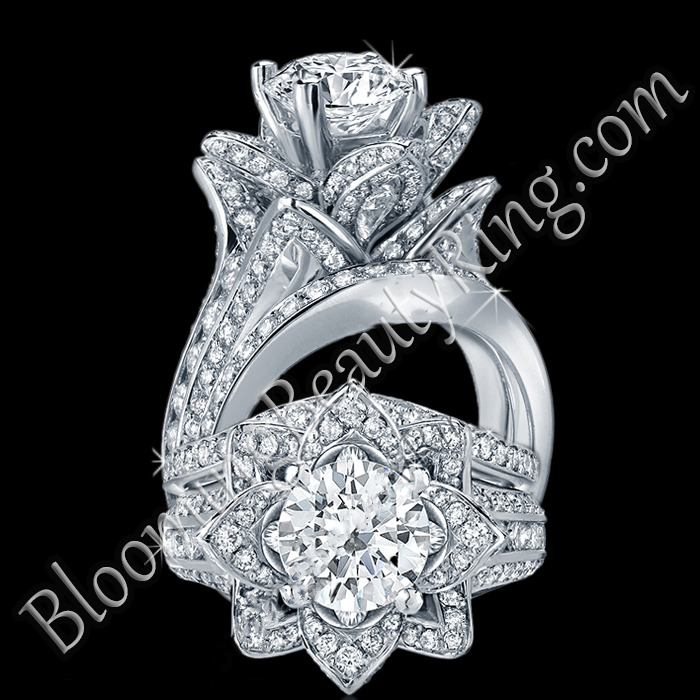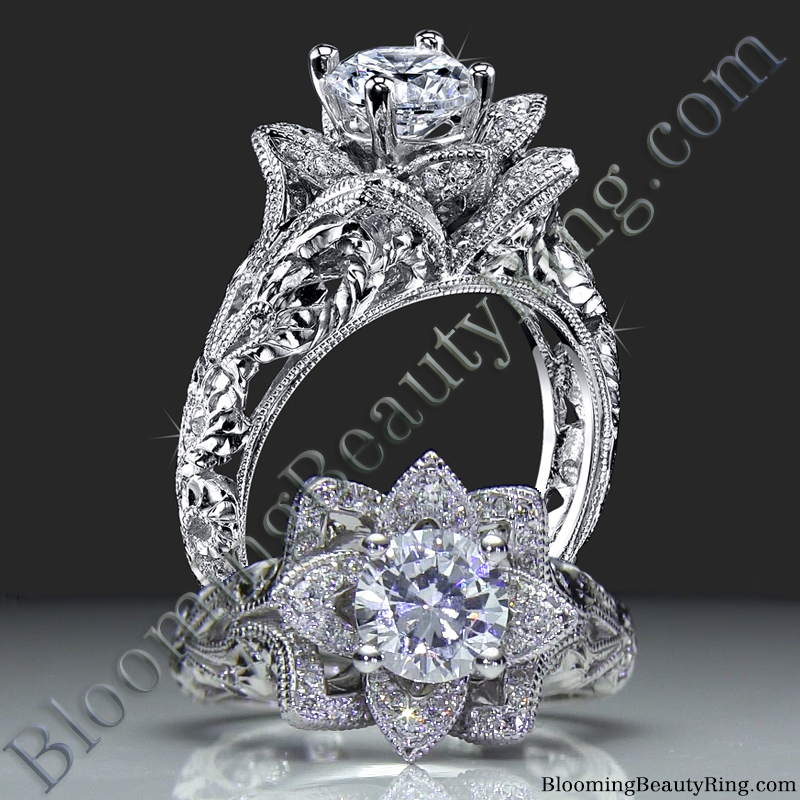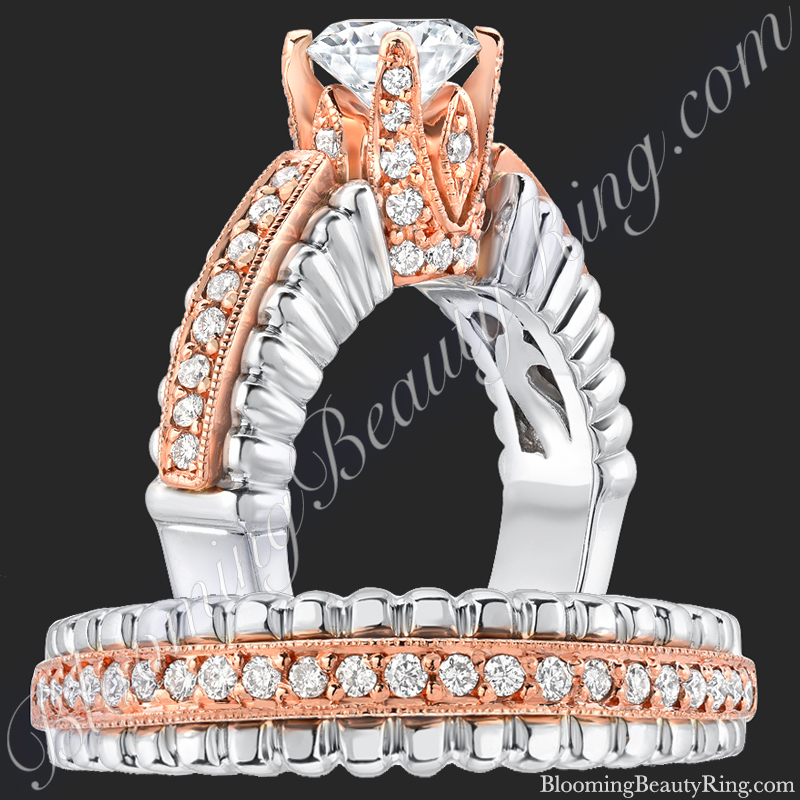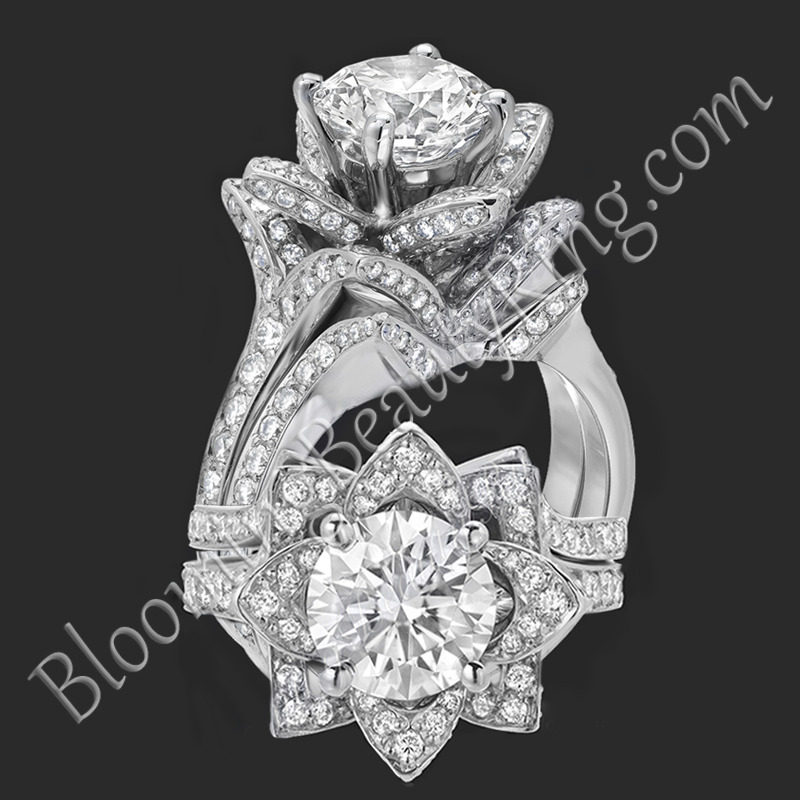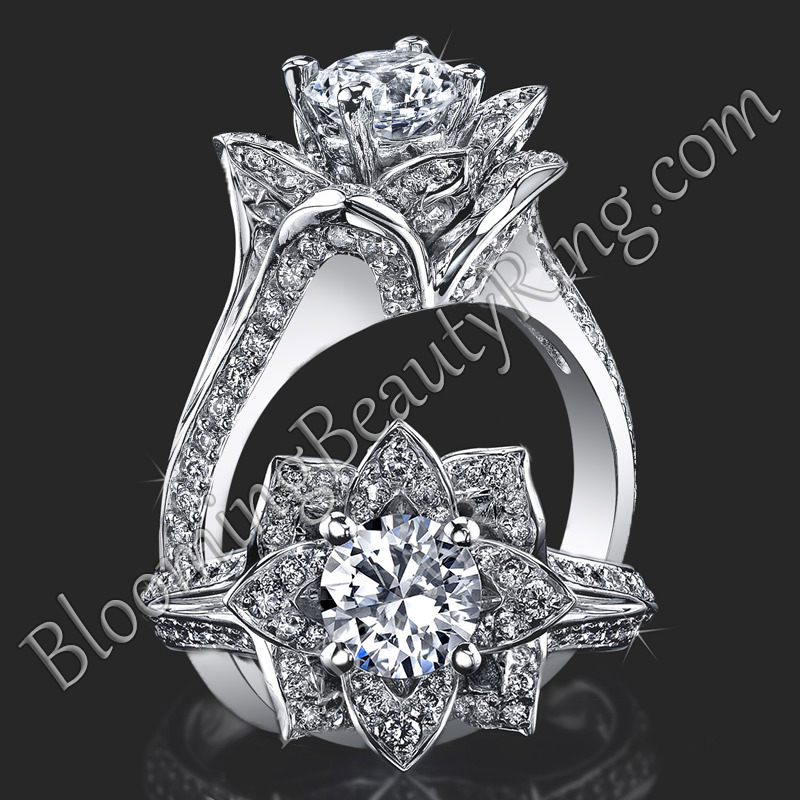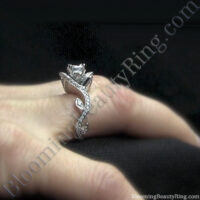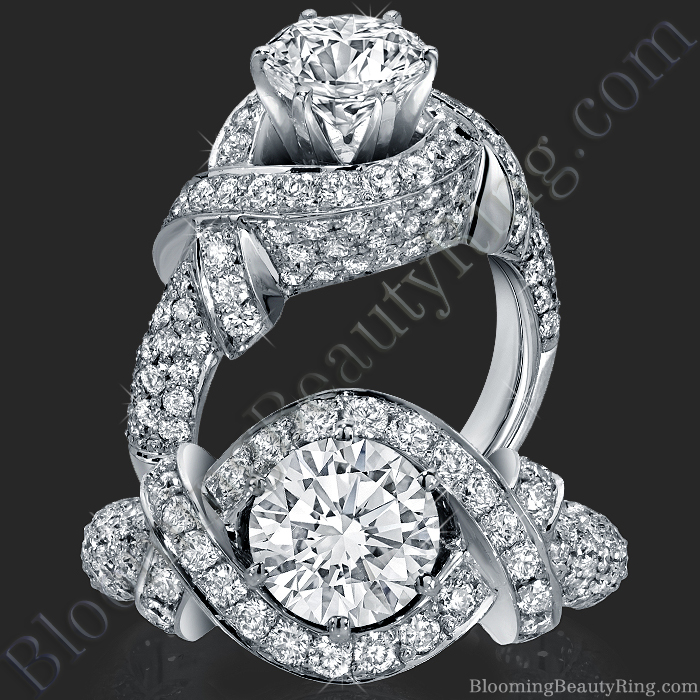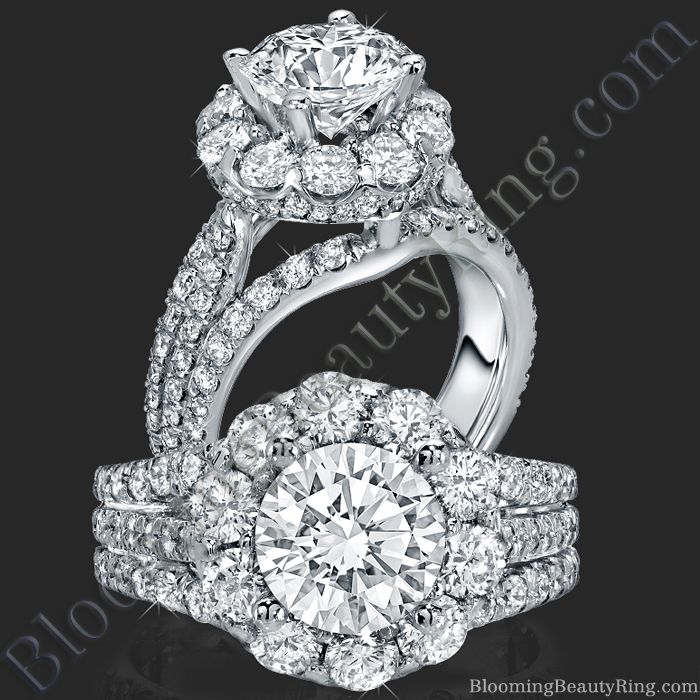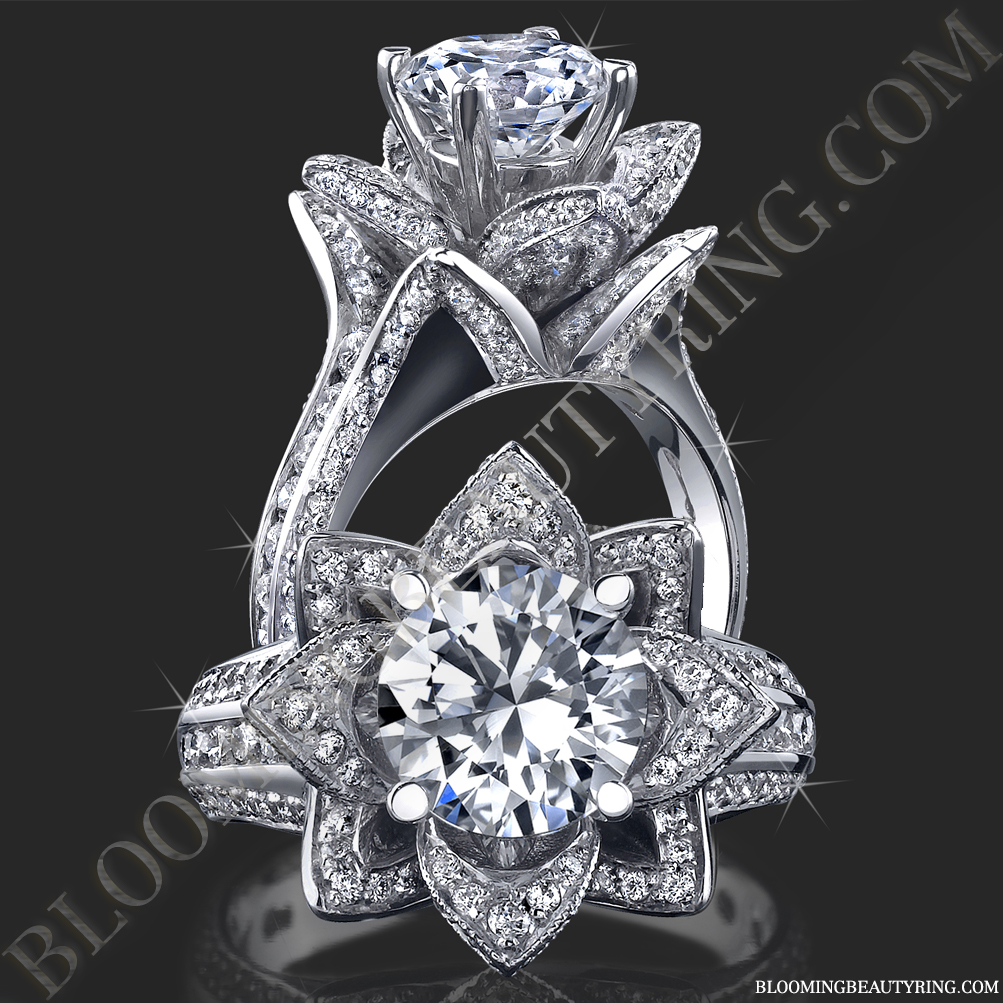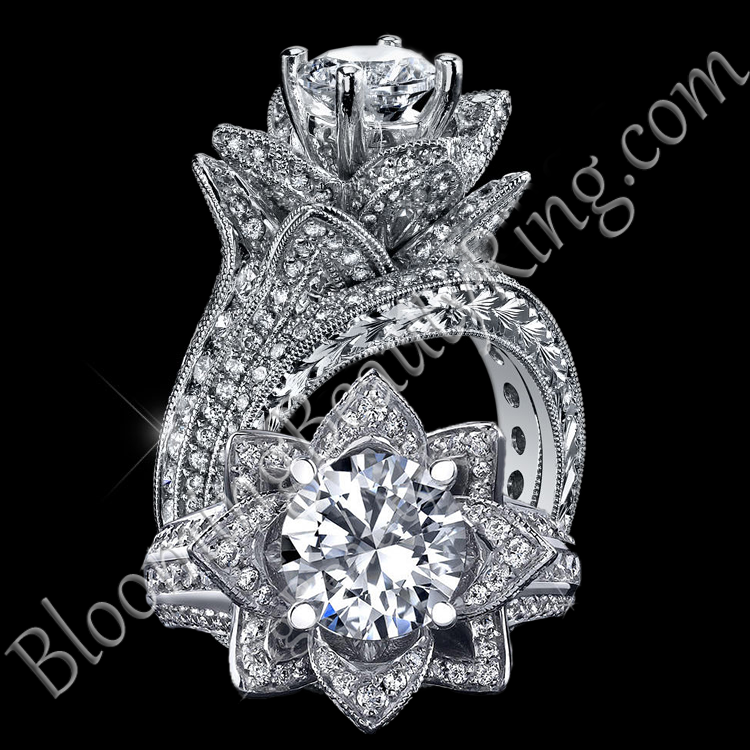~ Diamond Terminology from A to Z ~
There are thousands of terms being used in today's jewelry industry. Some common knowledge, others are obscure and baffling. We've created a database of terminology from A to Z to make it easy, and of course if you still have questions, please do not hesitate to send us an email or give us a call.
Ideal Cut
Typically this is just a way to say the cut of diamond is within a 60-60 as far as depth and table. Not to be exact though. Everyone has their idea of what an Ideal cut really is. For the most part "Ideal Cut" is just a way of saying that the reflection of light is being reflected back up through the diamond with incredible flow, brilliance and fire. They are saying it's a truly beautiful diamond. However "Ideal Cut" is not a term used when scientifically describing a diamond.
Included Crystal
The DNA basically of a diamond or any other form of mineral. They crystal limits the way a particular diamond will grow. Just like DNA in a human. If you can think of just how small a DNA sample is, than you'll understand just how small a single diamond crystal can be.
Inclusions
Inclusions are to diamonds what fingerprints are to humans. They are the flaws in the diamond. All feathers, carbon spots, cracks, white spots, fractures, and fissures. Just like fingerprints on a hand, these flaws set each diamond apart from each, make them easily distinguishable from one another and no two inclusions are exactly the same. Usually when you get your diamond certified through reputable companies like GIA, they will pinpoint every one of these inclusions on the certification sheet. Inclusions are what's being evaluated when clarity of the 4C's are being tested. The more inclusions the lower the grading, typically.
Inlay
Inlaying is embedding a pattern, or design into something. Example would be, the carver inlaid a carving into a piece of wood. Inlaying also relates to putting something into something as well. Well in the case of Enhanced Diamonds, you could say the person inlaid a glass like substance into the diamond to give the diamond a much more desirable look.
Internal Graining
The basic building block of a diamond is a crystal. These crystals can have abnormalities in them. Where as in a human DNA abnormalities can lead to two people being joined together, or loss of one arm, or any other imaginable scenario. The crystals in a diamond have the same problems, and this is called Internal Graining, and if something is wrong with the crystal makeup the diamond can grow into a very milky white diamond, have a different color, which is not a bad thing always, or many other visual flaws.
Invisible Set, Invisible Setting, Invisibly Set
People get invisible set and channel set mixed up quite a bit, but there is one major difference, and that the way the diamond is held in place. Invisibly set diamonds do not use metal on top or to the sides to keep them in place. They use other diamonds, and sometimes below the diamond you'll find many different ways, manufactures like use, to keep the diamond in place, but it's NEVER visible.
You need a straight edge for each diamond to "join" with the other. This is why most invisible set diamonds are princess cut diamonds. The end appearance, if done correctly, will look like one big diamond instead of many smaller ones. A channel set diamond will use metal groves along the edge to keep the diamond in place. The diamonds may touch, but they are not securely held in place by other diamonds, but by metal.


